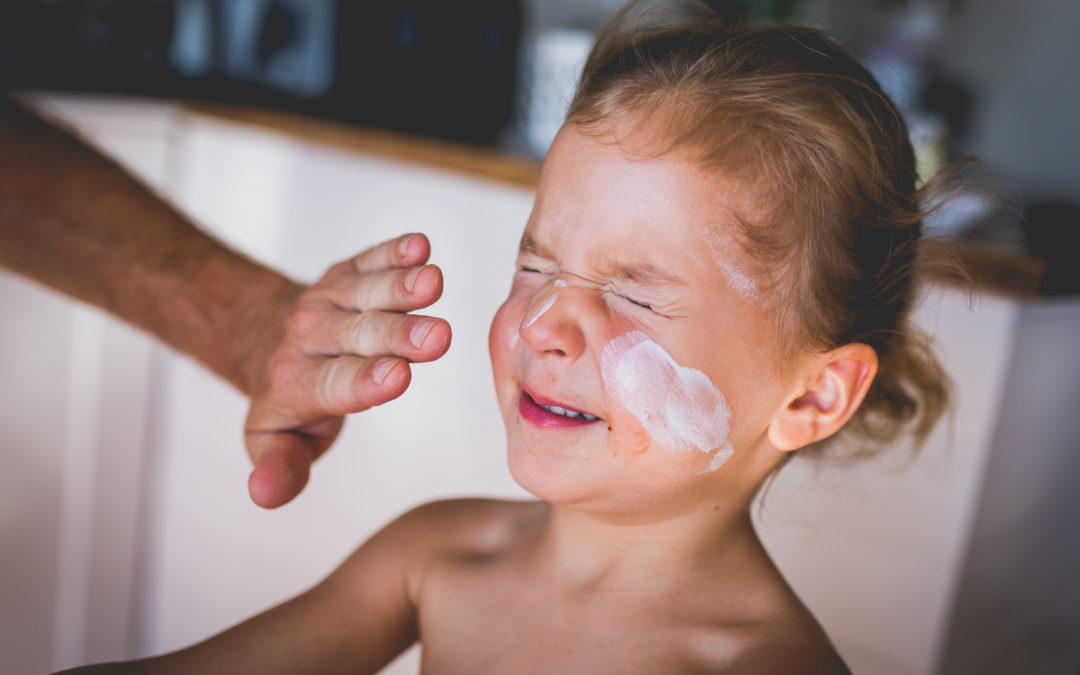Time spent outdoors is invaluable for kids. Outdoor activities increase physical activity levels and improve fitness among children, enhance their mental wellness, aid social and emotional development, and may promote greater academic achievement. Spending time outside also boosts vitamin D levels, which not only strengthens their growing bones, but may help to reduce kids’ risk of future health problems such as heart disease, diabetes and multiple sclerosis. However, while UV light is essential for vitamin D production, it is important that your children don’t burn in the sun, as just a few episodes of burning can leave them vulnerable to skin cancer as an adult. To protect your kids’ skin this summer, follow the easy steps outlined below.
Avoid the midday sun
Ultraviolet rays are strongest between 11am and 3pm, so during this time, indoor activities are a better bet. If your kids are outside around the middle of the day, get them to stay in the shade by using a sun umbrella, tent or tree.
Choose sun-savvy clothing
Dress your kids in long-sleeved tops and pants, choosing tightly woven materials and darker colors for greater sun protection. You might also like to invest in some clothing for your kids that are certified to offer protection against UV rays. Don’t forget that your little ones should wear a hat too, with hats shading their scalp, ears, neck and face offering greater protection than baseball caps.
Remember sunglasses
If your children wear sunglasses to protect their eyes from UV light, they are less likely to develop cataracts when older. Wraparound sunglasses are ideal and choose those shades that offer complete protection from UVA and UVB rays.
Apply sunscreen
You should use sunscreen with at least an SPF of 15 on your kids’ skin, considering an SPF closer to 50 for babies and children with a fair complexion. Make sure that the sun block you choose also protects against both UVA and UVB rays. If your youngsters have sensitive skin, consider using one of the hypoallergenic sun creams available. Besides applying sunscreen half an hour before your kids go outdoors, make sure you reapply the sunblock every couple of hours, particularly after going in the water or being active. You might be surprised to hear that even water-resistant sun creams are less effective once the skin is wet. Finally, when using sunscreen, don’t forget to apply it to your children’s ears, hands and feet, and use a lip balm that offers sun protection.
Check out the Environmental Working Group’s breakdown of the safest sunblocks.
Kids tend to burn when you least expect it. A classic example is when youngsters spend a day outdoors when it’s cloudy, as clouds only filter out a tiny proportion of UV rays. Therefore, always have sun protection to hand, so whether you’re at home or out for the day, your little ones will stay safe in the sun.

